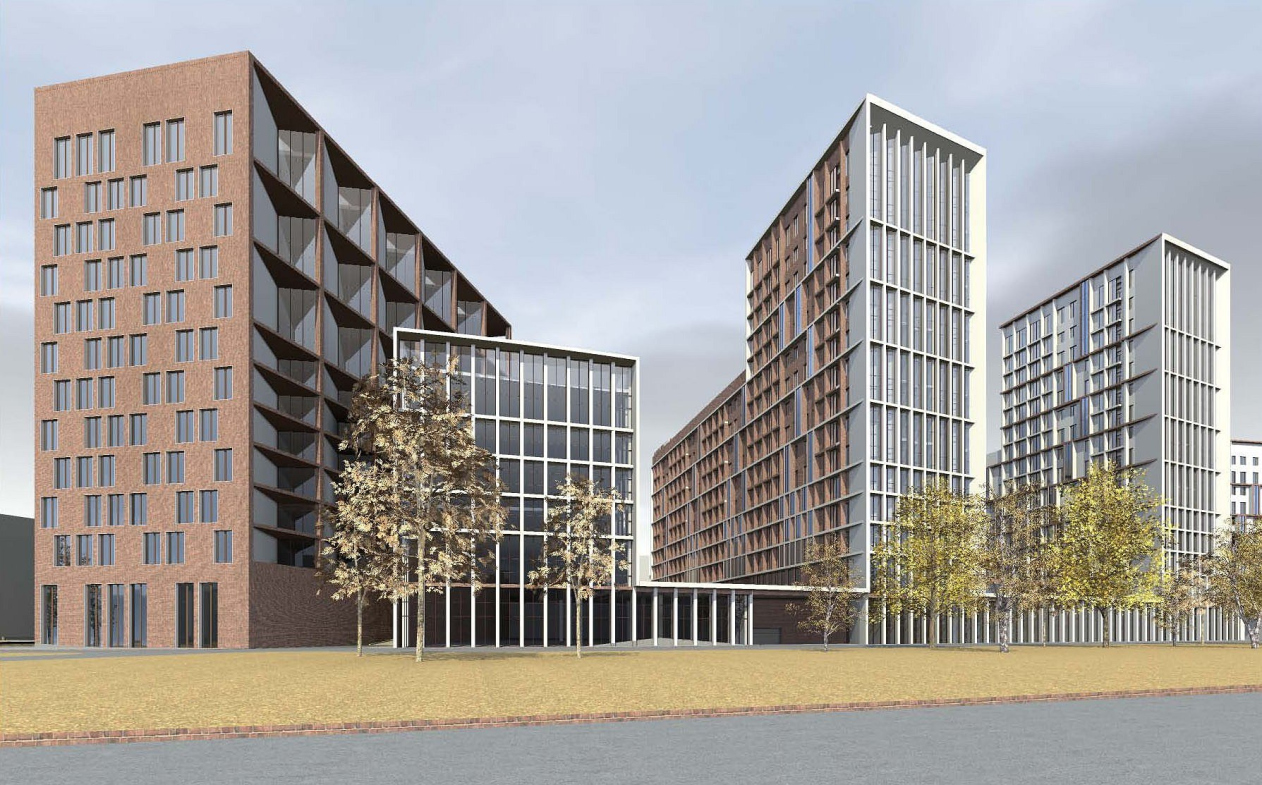Red and White Palindrome
In the vicinity of “Elektrozavodskaya” metro station on the river Yauza's waterfront, the architectural studio “Sergey Skuratov Architects” is designing a new mixed-use development.




05 December 2011

Written by: